Artists have always found inspiration in the natural world, and it's easy to see why. The colours, textures, and patterns found in nature are endlessly fascinating, and there's a deep-rooted beauty in everything from a delicate flower to a towering mountain. In this post we will explore why so many rely on nature for inspiration and how this can enhance your own artwork!

10 reasons why nature inspires artists

1. It can evoke emotions which spark creativity
There's something about being surrounded by natural beauty that can clear the mind and allow for a more free-flowing thought process. It can help artists connect with themselves and their own emotions.
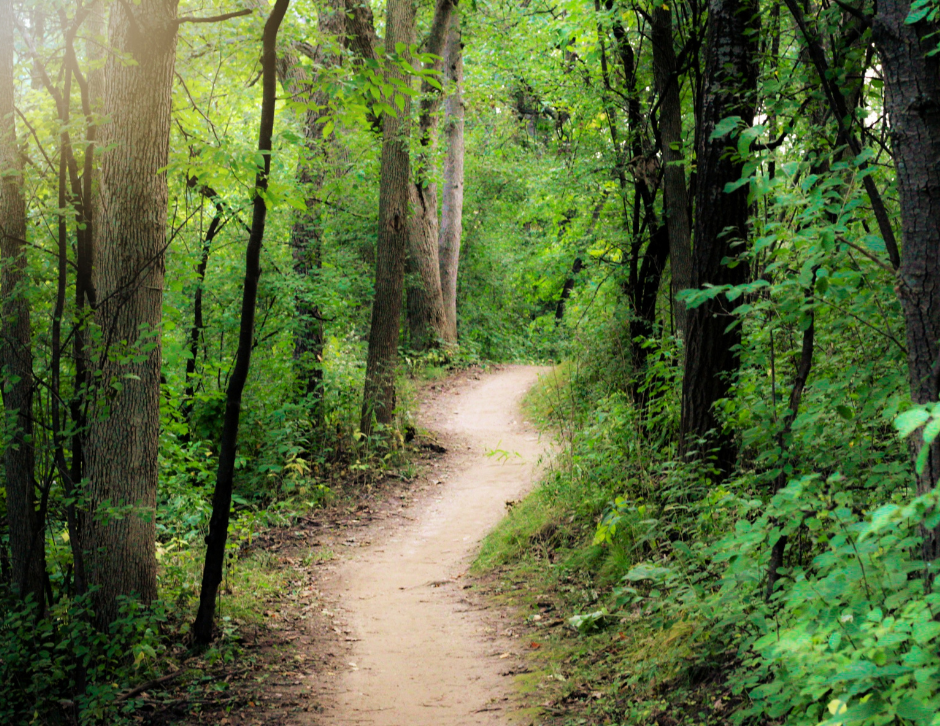
2. Nature is full of stories
Your imagination can run wild when looking at a forest or out in to the ocean. Questions such as "where has this water travelled from?", "what have these trees witnessed before me?" or "which creatures live in that burrow?" can arise and inspire artists.

3. Untouched beauty
There is so much to beauty and darkness to find in nature. You can find pure untouched beauty but also the ugly in nature: which can be made beautiful in the artist's eye by seeing it in terms of colour, shape and texture.
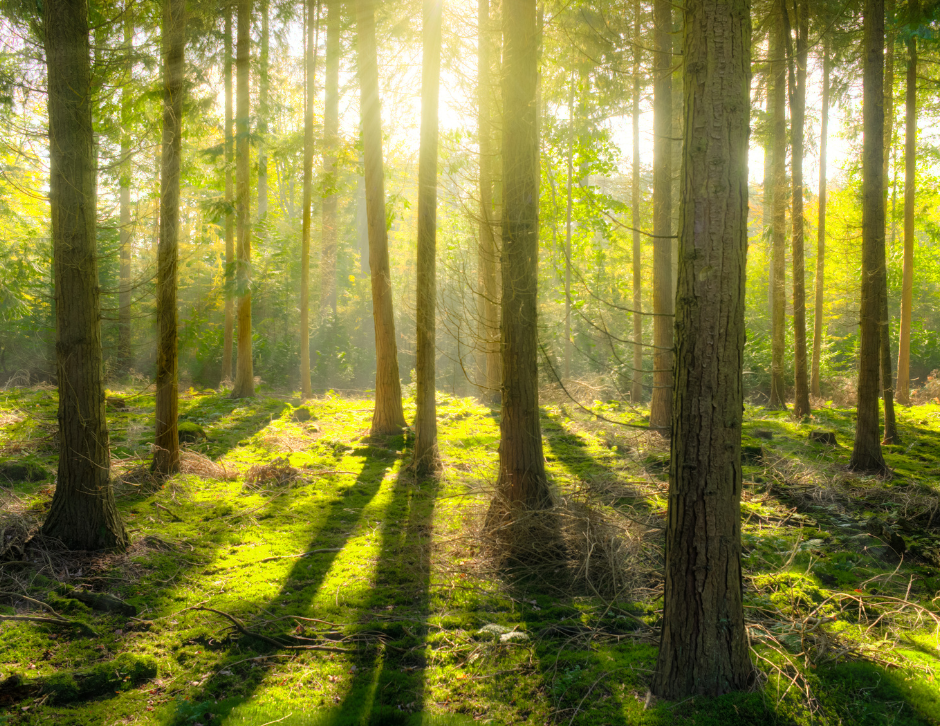
4. Contrast
The play of light and dark, the soft and the hard, the organic and the geometric - all of these contrasting elements can be found in the natural world. Just look at how many contrasting features are in the photo above!

5. Colour
Look no further than nature to find every colour possible. Hey, the natural pigments from plants have been used to make paint since prehistoric times!
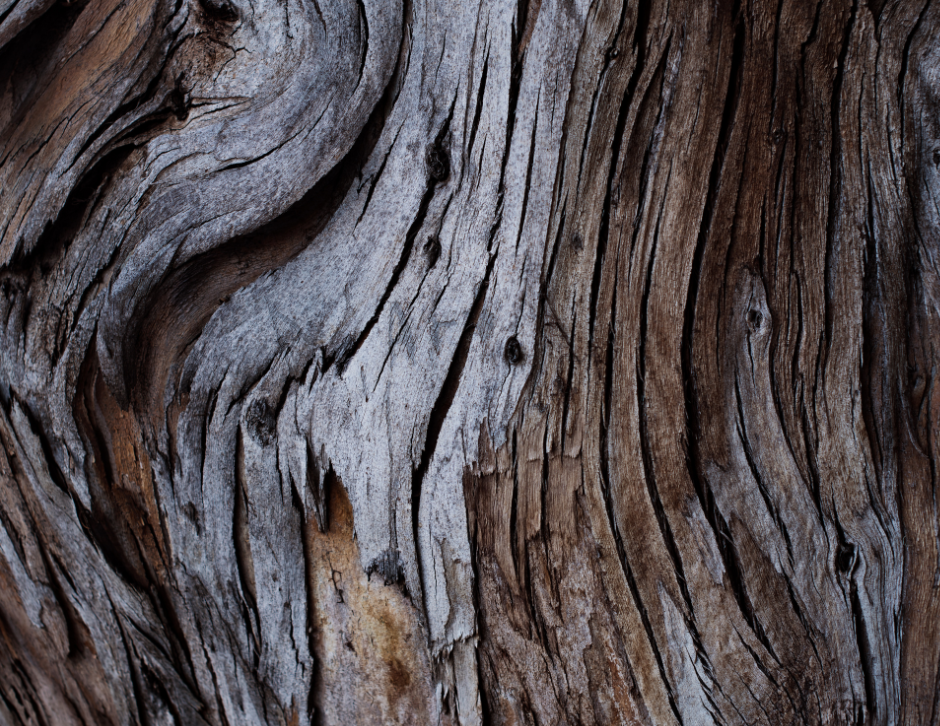
6. Varied textures
From the rough tree bark to the smooth unrippled still water in a pond, all textures can be seen in nature.
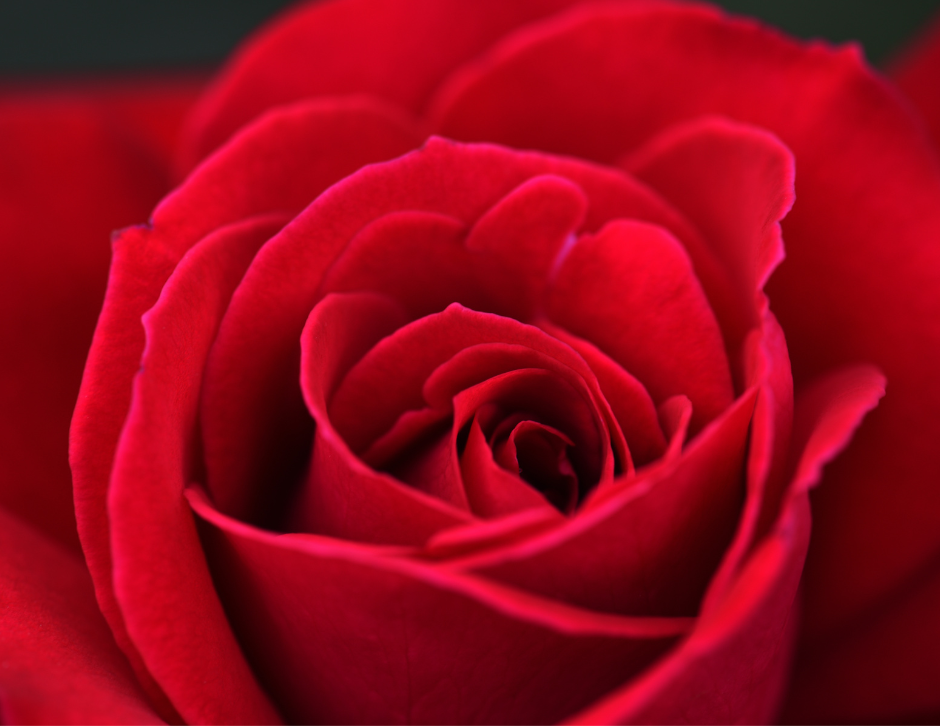
7. Shape
The swirling curves in flower heads to the stark repetitive vertical lines in forests: so many subtle and bold shapes alike can be found in nature. Just look at the deluxe natural pattern in the above photo.
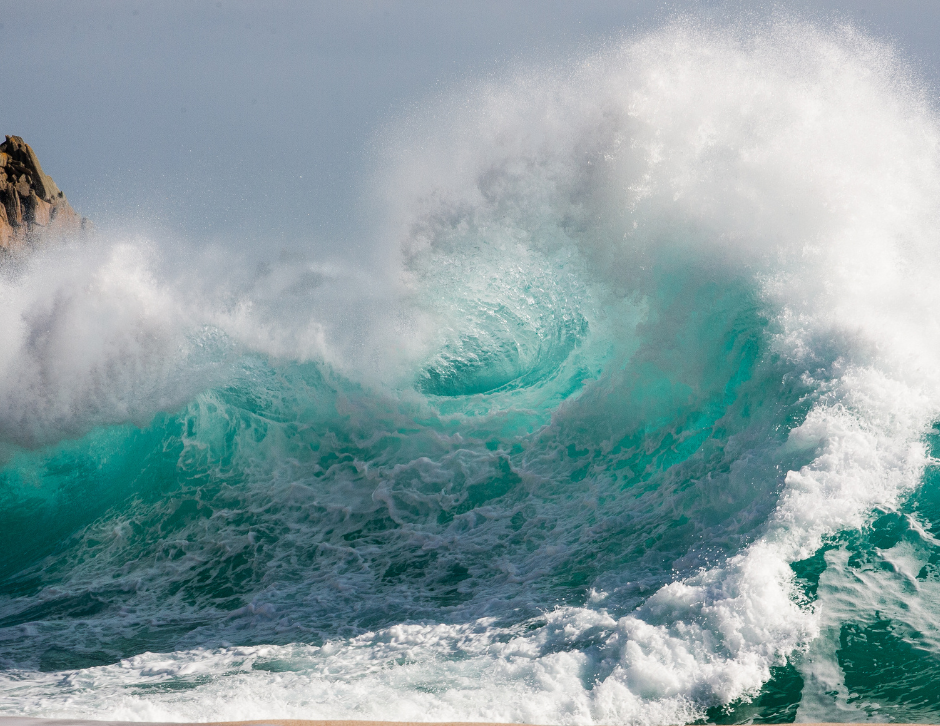
8. Movement
The powerful force of the waves in the ocean, the speed of a cheetah or the gentle ripples of water in a stream: movement can be found in plant-life, the animal kingdom and so many more aspects of nature.
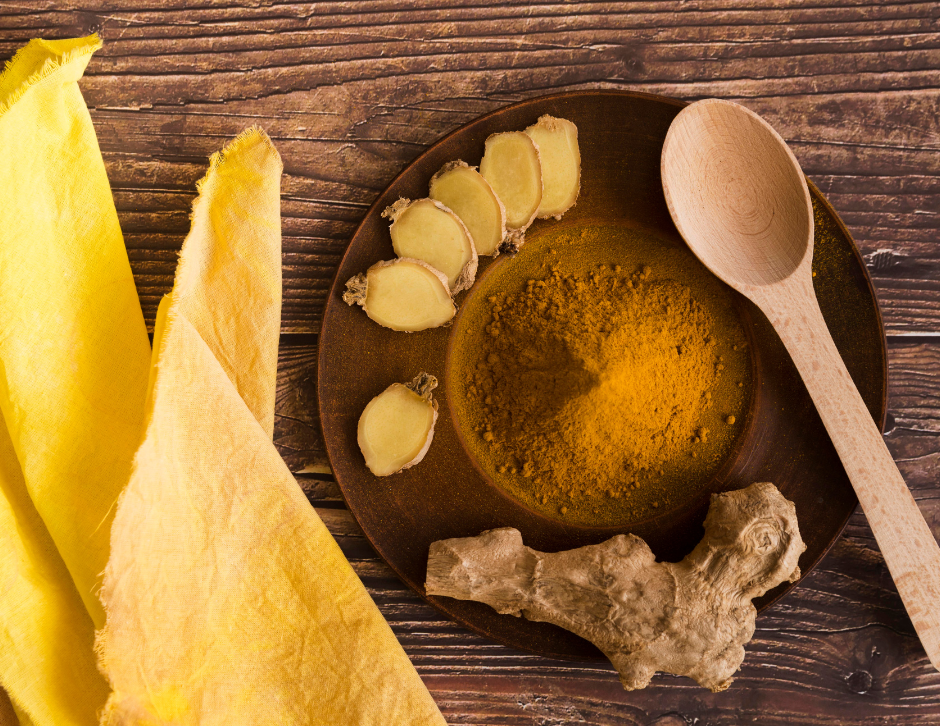
9. Showcase creativity and originality by using natural materials to paint with
By combining natural materials, such as spices or dried plants, artists are able to create work that is truly unique and beautifully reflects the spirit of nature. Whether it’s a landscape painting with abstract elements or a sculpture created from beach debris; mixed media art (using organic materials) allows us to explore the beauty of our natural world in a completely new way.

10. A rich source of symbolism and meaning
The elements of nature have been used as metaphors throughout history, allowing artworks to serve as reflections of our own lives and experiences. A sunset or a flower can evoke feelings of peace and tranquillity, while a painting of lightning or wild animals can remind us of danger. By combining these symbols with other materials, artists are able to create artwork that has layers of meaning and emotion.
The Influence of Nature on Art Throughout History
The relationship between nature and art spans back to the earliest civilisations. Ancient cave paintings depict scenes of hunting and animals, while pottery from the Neolithic period often features images of animals and plants. Greek and Roman art also drew heavily from nature, with sculptures and mosaics showcasing scenes of landscapes and wildlife.
During the Renaissance, artists such as Leonardo da Vinci and Michelangelo found inspiration in the natural world, incorporating elements of nature into their works.
The Romantic era of the 18th and 19th centuries saw a renewed interest in nature, as artists sought to capture the beauty and majesty of landscapes in their paintings and poetry. Two of history's most celebrated artists both illustrate a passion towards nature: see Van Gogh's painting 'Wheat Field with Cypresses' (above left) and Claude Monet's painting 'The Artist's Garden in Argenteuil' (above right).
In the 20th and 21st centuries, artists have continued to find ways to incorporate nature into their work.
Why mixed media is perfect for making nature-inspired art
Mixed media art can be a powerful way to communicate the beauty and complexity of nature. Through the use of different materials, artists are able to illustrate the natural world in ways that traditional media simply cannot. For example, adding three-dimensional elements like crushed shells or rocks can add a unique tactile element to the work that cannot be replicated in any other medium.

I used green dried herbs in the painting shown above. I already had a textured surface on the canvas made up of layers of paper, pastels and acrylic paint. To add the dried herbs, I sprinkled them over the canvas while it was horizontal (after lightly brushing a watery PVA glue mixture on top). Once dry, spray with varnish to hold all your textures in place!
Natural elements used for mixed media art:
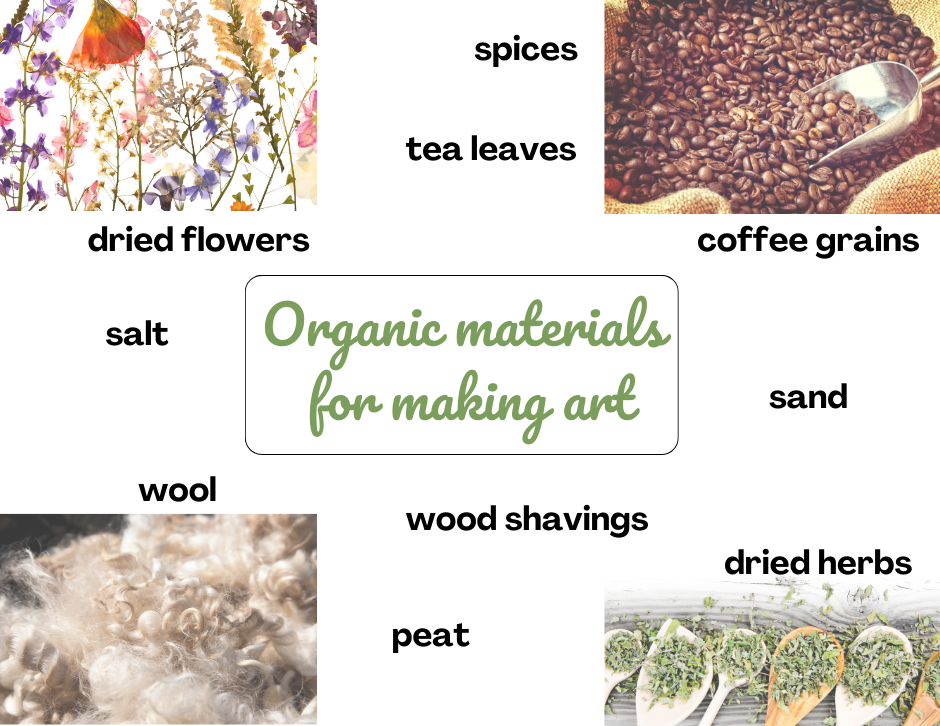
Conclusion
Nature has always been a driving force behind some of the world's most compelling art. Its beauty, complexity, and ever-changing landscapes have fascinated artists for centuries, inspiring masterpieces that continue to awe and inspire us today. From the earliest cave paintings to the latest mixed media artworks, artists have found endless inspiration in nature's charms.
So, as you create your next artwork, why not take some time to explore what nature has to offer and appreciate the beauty around you? You may just find your muse waiting in the most unexpected places!
Please share pictures of your nature-inspired work on Instagram using hashtag #mixedmediasketchbook I'm always looking to try new ideas - especially those connected to mixed media!




Comments